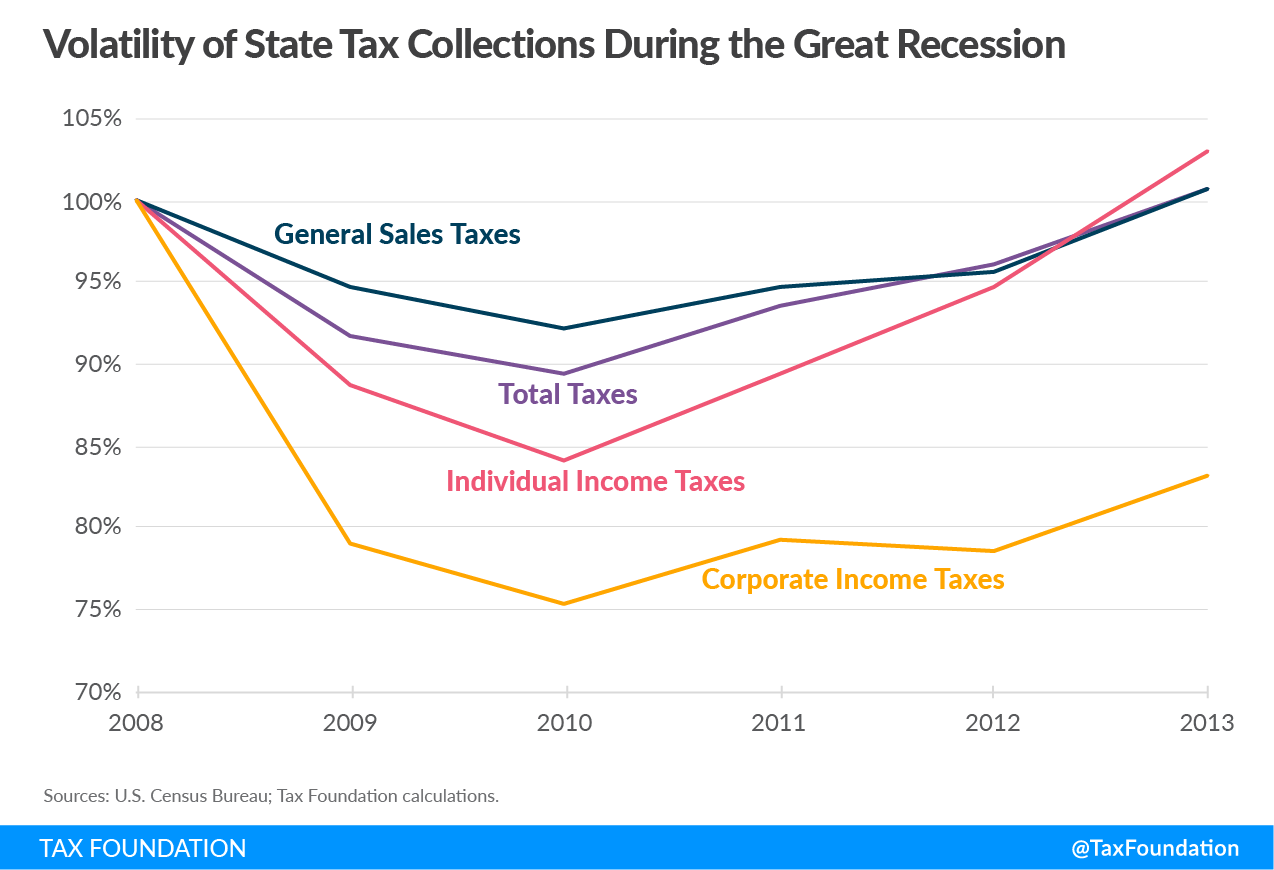U.S. Economic Contraction: Impact Of Reduced Spending And Tariffs

Table of Contents
The Impact of Reduced Consumer Spending
Consumer spending forms the backbone of the U.S. economy, accounting for roughly 70% of GDP. Any significant decline in consumer spending sends shockwaves through the entire economic system. Currently, several factors are contributing to a notable reduction in consumer spending, pushing the economy towards an economic downturn.
Factors contributing to reduced consumer spending include:
- Inflation: Persistently high inflation erodes purchasing power, leaving consumers with less disposable income to spend on non-essential goods and services.
- Rising Interest Rates: Increased interest rates make borrowing more expensive, impacting major purchases like homes and cars, and reducing overall consumer confidence.
- Economic Uncertainty: Geopolitical instability, ongoing inflation, and the threat of recession create uncertainty, prompting consumers to tighten their belts and save more.
This reduced spending is evident in several key indicators:
- Decreased Disposable Income: With inflation outpacing wage growth, many Americans find themselves with less money after paying for essential needs.
- Shift in Consumer Behavior: Consumers are prioritizing essential goods over discretionary spending, leading to a decline in sales of luxury items and services.
- Decline in Retail Sales and Consumer Confidence Indices: Key economic indicators like retail sales and consumer confidence surveys reflect this downturn in spending, signaling a weakening economy.
- Impact on Various Sectors: The automotive, housing, and tourism sectors are particularly vulnerable to reduced consumer spending, experiencing significant slowdowns. These impacts contribute significantly to the overall risk of a broader U.S. economic contraction.
The Burden of Tariffs on Businesses and the Economy
Tariffs, taxes imposed on imported goods, significantly impact businesses and the overall economy. While intended to protect domestic industries, they often lead to unintended consequences. Increased tariffs raise import prices, leading to higher costs for businesses that rely on imported goods. This can trigger a cascade effect, impacting supply chains and ultimately consumers.
The consequences for businesses are far-reaching:
- Increased Input Costs for Manufacturers: Businesses using imported raw materials or components face higher production costs, squeezing profit margins.
- Higher Prices for Consumers: These increased production costs are often passed on to consumers in the form of higher prices, leading to decreased demand.
- Negative Impact on International Trade Relationships: Tariffs can escalate into trade wars, damaging international trade relationships and disrupting global supply chains.
- Potential Relocation of Businesses: Businesses may relocate to countries with lower tariffs to avoid increased costs and maintain competitiveness. This can lead to job losses in the U.S.
These factors all contribute to the overall risk of a U.S. economic contraction. The ripple effect of tariffs on business costs, supply chain disruptions, and consumer prices cannot be overlooked in the broader economic picture.
Government Responses and Mitigation Strategies
To mitigate the effects of the potential U.S. economic contraction, the government may implement various interventions. The effectiveness of these strategies depends on their design and implementation.
Potential government responses include:
- Fiscal Stimulus: Increased government spending on infrastructure projects can create jobs and boost economic activity.
- Tax Cuts: Reducing taxes can put more money in the hands of consumers and businesses, encouraging spending and investment.
- Interest Rate Adjustments by the Federal Reserve: Lowering interest rates can make borrowing cheaper, stimulating investment and consumer spending. However, this also carries the risk of fueling inflation.
- Trade Negotiations and Agreements: Negotiating new trade agreements or revising existing ones can help reduce trade barriers and improve international relationships.
The success of these measures in preventing a full-blown recession and promoting economic recovery remains to be seen. The timing and scale of government intervention are critical elements determining the effectiveness of these strategies in combating the U.S. economic contraction.
Conclusion: Navigating the U.S. Economic Contraction
Reduced consumer spending and the burden of tariffs are significantly contributing to the current risk of a U.S. economic contraction. Understanding these factors is crucial for both businesses and consumers to make informed decisions and adapt to the changing economic landscape. While the government is exploring various mitigation strategies, the path to economic recovery remains uncertain. The timeline for recovery will depend on the success of these interventions and the evolution of global economic conditions.
To stay informed about the U.S. economic outlook and its implications for your financial planning, regularly consult reputable economic reports and financial news sources. Understanding the nuances of the U.S. economic contraction is crucial for navigating these challenging times.

Featured Posts
-
 Kpc News Com Delving Into The History Of Specific Location
May 31, 2025
Kpc News Com Delving Into The History Of Specific Location
May 31, 2025 -
 Sanofi Rachete Un Anticorps A La Biotech Americaine Dren Bio
May 31, 2025
Sanofi Rachete Un Anticorps A La Biotech Americaine Dren Bio
May 31, 2025 -
 Is Americas Military Might Fading Chinas Ascent And The Implications
May 31, 2025
Is Americas Military Might Fading Chinas Ascent And The Implications
May 31, 2025 -
 Rosemary And Thyme Simple Recipes For Everyday Meals
May 31, 2025
Rosemary And Thyme Simple Recipes For Everyday Meals
May 31, 2025 -
 Alcarazs Rome Triumph And Passaros Upset Key Moments From The Italian International
May 31, 2025
Alcarazs Rome Triumph And Passaros Upset Key Moments From The Italian International
May 31, 2025
